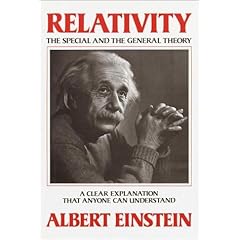
6. Physica (Physics) by Aristotle (circa 330 B.C.)
By contrast, Aristotle placed Earth firmly at the center of the cosmos, and viewed the universe as a neat set of nested spheres. He also mistakenly concluded that things move differently on Earth and in the heavens. Nevertheless, Physica, Aristotle’s treatise on the nature of motion, change, and time, stands out because in it he presented a systematic way of studying the natural world?one that held sway for two millennia and led to modern scientific method.
“Aristotle opened the door to the empirical sciences, in contrast to Platonism’s love of pure reason. You cannot overestimate his influence on the West and the world.” ?bioethicist Arthur Caplan, University of Pennsylvania
7. De Humani Corporis Fabrica (On the Fabric of the Human Body) by Andreas Vesalius (1543)
In 1543, the same year that Copernicus’s De Revolutionibus appeared, anatomist Andreas Vesalius published the world’s first comprehensive illustrated anatomy textbook. For centuries, anatomists had dissected the human body according to instructions spelled out by ancient Greek texts. Vesalius dispensed with that dusty methodology and conducted his own dissections, reporting findings that departed from the ancients’ on numerous points of anatomy. The hundreds of illustrations, many rendered in meticulous detail by students of Titian’s studio, are ravishing.
8. Relativity: The Special and General Theory by Albert Einstein (1916)
Albert Einstein’s theories overturned long-held notions about bodies in motion. Time and space, he showed, are not absolutes. A moving yardstick shrinks in flight; a clock mounted on that yardstick runs slow. Relativity, written for those not acquainted with the underlying math, reveals Einstein as a skillful popularizer of his ideas.
To explain the special theory of relativity, Einstein invites us on board a train filled with rulers and clocks; for the more complex general theory, we career in a cosmic elevator through empty space. As Einstein warns in his preface, however, the book does demand “a fair amount of patience and force of will on the part of the reader.”
9. The Selfish Gene by Richard Dawkins (1976)
In this enduring popularization of evolutionary biology, Dawkins argues that our genes do not exist to perpetuate us; instead, we are useful machines that serve to perpetuate them. This unexpected shift in perspective, a “gene’s-eye view of nature,” is an enjoyable ??brainteaser for the uninitiated.
So is a related notion: that altruistic behavior in animals does not evolve for “the good of the species” but is really selfishness in disguise. “Like successful Chicago gangsters,” Dawkins writes, “our genes have survived, in some cases for millions of years, in a highly competitive world.”
10. One Two Three . . . Infinity by George Gamow (1947)
Illustrating these tales with his own charming sketches, renowned Russian-born physicist Gamow covers the gamut of science from the Big Bang to the curvature of space and the amount of mysterious genetic material in our bodies (DNA had not yet been described). No one can read this book and conclude that science is dull. Who but a physicist would analyze the atomic constituents of genetic material and calculate how much all that material, if extracted from every cell in your body, would weigh? (The answer is less than two ounces.)
“Influenced my decision to become a physicist and is part of the reason I write books for the public today.” ?theoretical physicist Lawrence M. Krauss, Case Western Reserve University
